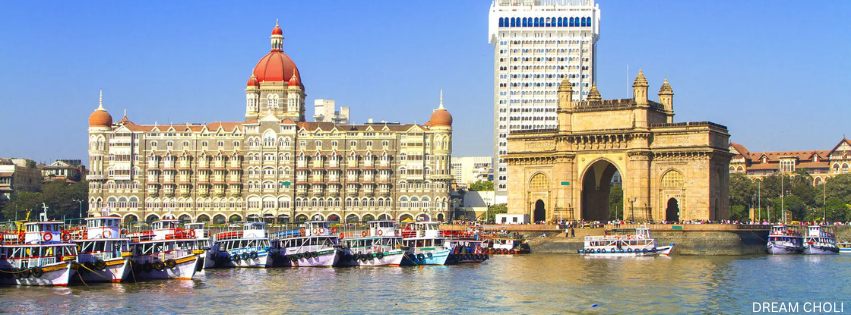
India, located in South Asia, is a vibrant and diverse nation celebrated for its rich cultural heritage, awe-inspiring landscapes, and long, storied history. It is the world’s second-most populous country and the seventh largest by land area, encompassing a wide range of languages, religions, and cultural traditions that reflect its unique and complex social fabric. India’s geography is as varied as its people. The majestic Himalayan Mountain range spans the north, while the arid Thar Desert lies in the west. To the south, lush coastal regions offer stunning beaches and tropical scenery, adding to the country’s extraordinary natural beauty. Over the centuries, India has made significant contributions to philosophy, science, and the arts, establishing itself as a hub of intellectual and cultural achievements.
Indian cuisine is renowned worldwide for its regional diversity and rich flavors, with popular dishes like curry, dosa, and biryani showcasing the country’s culinary wealth. Traditional attire, such as kurta pyjamas, salwar kameez, lehenga choli, and sarees, reflects the vibrant colors and intricate designs characteristic of India’s cultural heritage. India is also distinguished by its vast and diverse population. People from various geographic regions, religious backgrounds, linguistic communities, and cultural traditions coexist, creating a dynamic blend of customs, beliefs, and lifestyles. This deep sense of cultural pluralism defines India as a melting pot of traditions, making it a truly unique and fascinating nation.
The country experiences three primary seasons: summer, monsoon, and winter, each bringing unique weather conditions that shape life and travel throughout the year. Summer, generally lasting from March to May, brings intense heat, particularly in the northern plains where temperatures can soar, occasionally reaching up to 50 degrees Celsius (122 degrees Fahrenheit) or higher. This season is especially hot in inland areas, while coastal regions, though warmer, are moderated by the sea breezes. The monsoon season, which spans from June to September, is marked by heavy rainfall, as seasonal winds bring moisture from the Indian Ocean, providing much-needed relief from the summer heat. The southwest monsoon impacts the western coast, central India, and the northeastern states first, bringing substantial rainfall to much of the country. This season is essential for agriculture, replenishing water sources and nurturing the land, although it can also lead to flooding in some areas. Winter, from October to February, brings a range of temperatures depending on the region. Northern India, especially the Himalayan areas and northern plains, experiences colder temperatures, with chilly mornings and nights, while southern and coastal regions enjoy milder and pleasant weather. Winter is a popular time for travel, as the cooler temperatures create comfortable conditions for exploring India’s many cultural and natural attractions. This diverse seasonal pattern, influenced by India’s size, altitude, and topography, creates a wide range of climates from the snowy Himalayas in the north to the tropical warmth of the south making India a year-round destination with varied experiences based on the season and location.
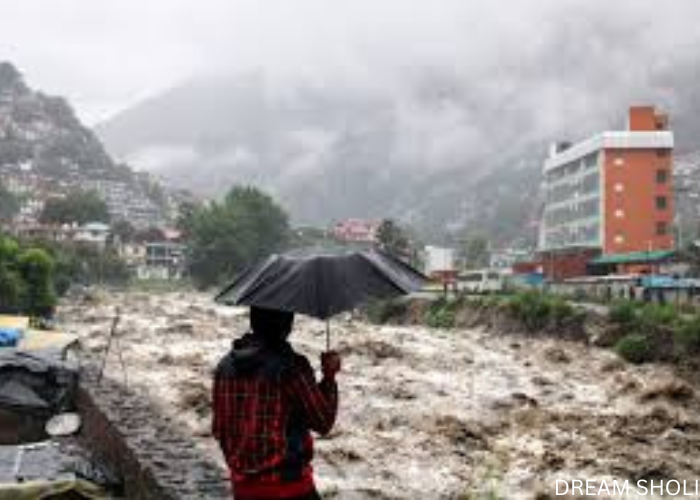
India is a land of remarkable cultural diversity, with a rich tapestry of customs, dialects, artistic forms, and festivals. Indian culture is a blend of ancient traditions and modern influences, reflected in the vibrant clothing styles unique to each region and the vast array of music and dance forms. This intricate cultural fabric is further enriched by India’s deep historical roots, diverse literature, distinctive architecture, and varied religious practices. The nation’s culinary landscape is equally diverse, offering a taste of India’s cultural heritage and history. Each dish tells a story, showcasing the creativity and variety of Indian cuisine. Popular dishes like naan, biryani, and butter chicken are celebrated for their flavorful and rich textures, while South Indian cuisine provides a contrasting experience with its lighter, tangy offerings such as dosas, idlis, and sambar. Spices are essential to Indian cooking; the use of cumin, turmeric, coriander, and garam masala creates layers of depth and complexity that define the cuisine’s unique character. Indian sweets, or mithai, are a delightful way to end a meal, offering treats like gulab jamun deep-fried milk-based balls soaked in sugar syrup—and jalebi, crispy fried spirals of dough soaked in syrup, which satisfy the sweet tooth and add a memorable finishing touch to any dining experience.
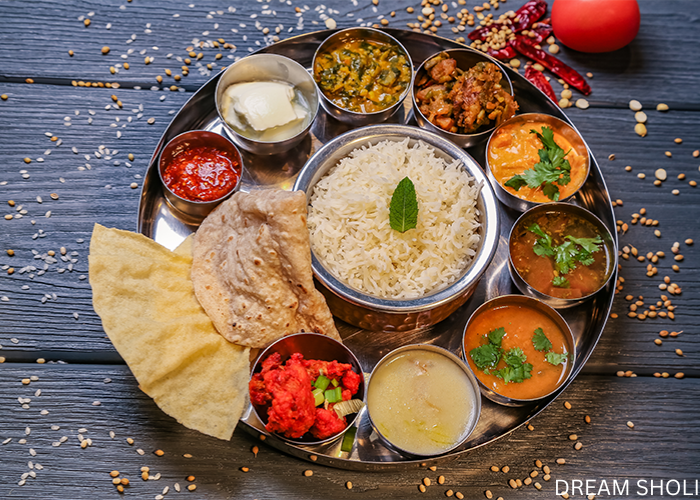
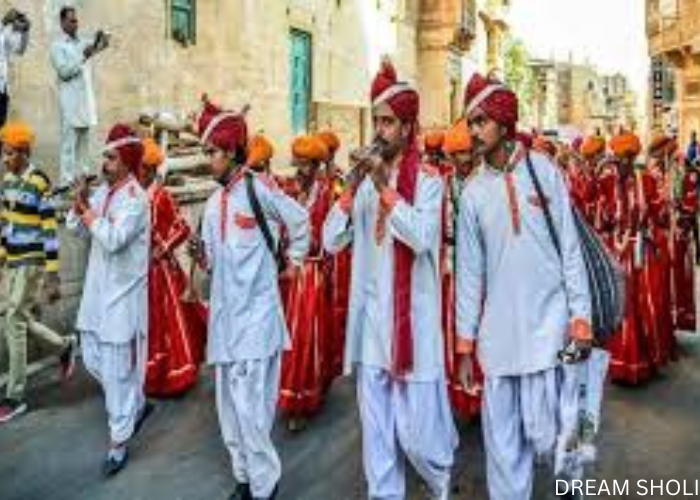
The iconic Taj Mahal, located in Agra, a historic city in the northern Indian state of Uttar Pradesh, is one of the world’s most celebrated architectural masterpieces. Built from gleaming white marble, this breathtaking mausoleum stands as a symbol of love and is recognized as one of the New Seven Wonders of the World, as well as a UNESCO World Heritage Site. Agra is also home to the impressive Agra Fort, another UNESCO World Heritage Site. This majestic medieval fortress offers a glimpse into India’s rich Mughal history, with its intricately designed palaces, grand halls, and courtyards that once served as the residence of the Mughal emperors.
Beyond its famous monuments, Agra is known for its vibrant street food, particularly the renowned petha, a soft and sweet confection made from ash gourd, which is a popular local treat. The city’s bustling markets are filled with handcrafted items and souvenirs, offering visitors a chance to take home a piece of Agra’s artistry and cultural heritage. Agra is served by Kheria Airport, also known as Agra Airport, located about 7 kilometers from the city center. Although primarily a domestic airport, it provides convenient access for travelers eager to explore the wonders of the Taj Mahal, Agra Fort, and other historical sites nearby.
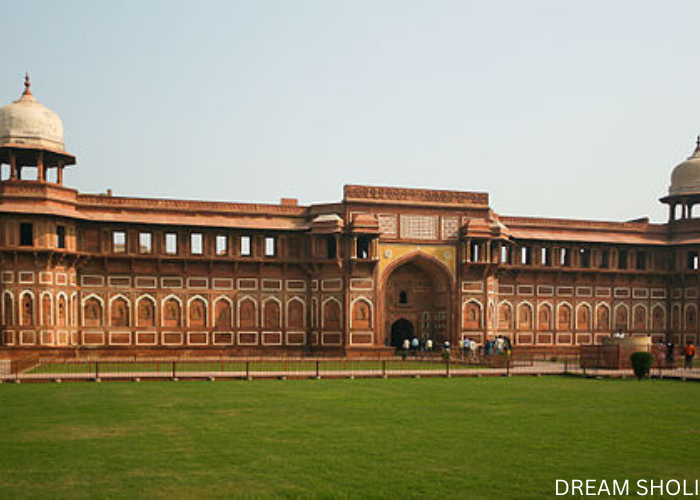
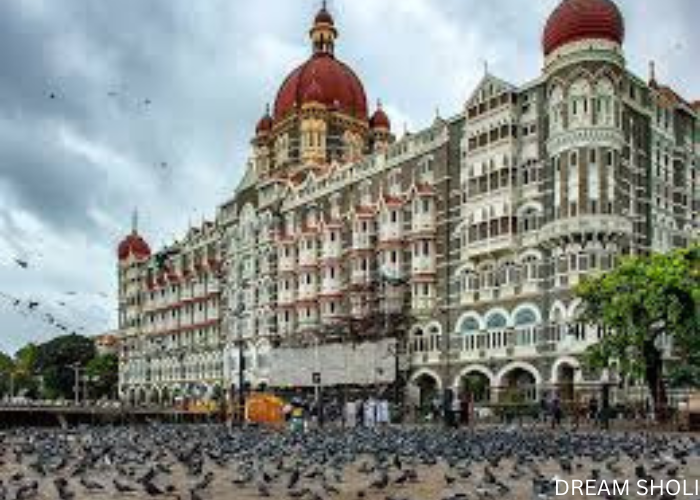
Mumbai, often known as Bombay, is a vibrant metropolis located on India’s west coast and serves as the capital of Maharashtra. Renowned as India’s financial, commercial, and entertainment capital, Mumbai is a city of contrasts, with bustling streets, diverse cultural experiences, and iconic landmarks. As one of the world’s Alpha Cities, it boasts the highest concentration of millionaires and billionaires in India, making it the country’s wealthiest city. Mumbai is the heart of Bollywood, the Hindi film industry, which produces more films annually than any other film industry worldwide. The city’s skyline is a blend of towering skyscrapers, historic colonial architecture, and lively markets that reflect its rich history and dynamic present. Along the Arabian Sea, Marine Drive offers a scenic promenade popular among locals and visitors alike.
Mumbai’s culinary landscape is a delightful fusion of flavors, with famous street foods like vada pav, pav bhaji, and bhel puri providing a true taste of the city’s food culture. Historical landmarks, including the ancient Elephanta Caves, the iconic Gateway of India, and the UNESCO-listed Chhatrapati Shivaji Terminus, further showcase Mumbai’s deep historical roots. The city is connected to the world through Chhatrapati Shivaji Maharaj International Airport, a major international hub that ranks among the busiest in India. With its modern infrastructure, multiple terminals, and a wide range of amenities for travelers, the airport supports Mumbai’s role as a crucial transportation hub, linking it to destinations across the globe.
New Delhi, the capital of India, is celebrated for its dynamic urban energy, diverse culture, and extensive historical heritage. This vibrant city is home to iconic landmarks such as the Red Fort, Qutub Minar, and India Gate, blending the allure of ancient architecture with the conveniences of modern infrastructure. New Delhi reflects the cultural mosaic of India, where traditions from across the country converge to create a rich tapestry of languages, cuisines, art, and festivals. The city’s cultural landscape is incredibly diverse, offering visitors a deep immersion into India’s heritage. Ancient monuments, museums, and art galleries are scattered throughout New Delhi, while lively markets offer a glimpse into the city’s daily life and vibrant traditions. Year-round, the capital hosts an array of cultural events, including dance performances, music concerts, and food festivals, showcasing India’s artistic and culinary diversity. Indira Gandhi International Airport (IGI) is New Delhi’s primary airport and one of the busiest in India, serving as a major hub for both domestic and international flights.

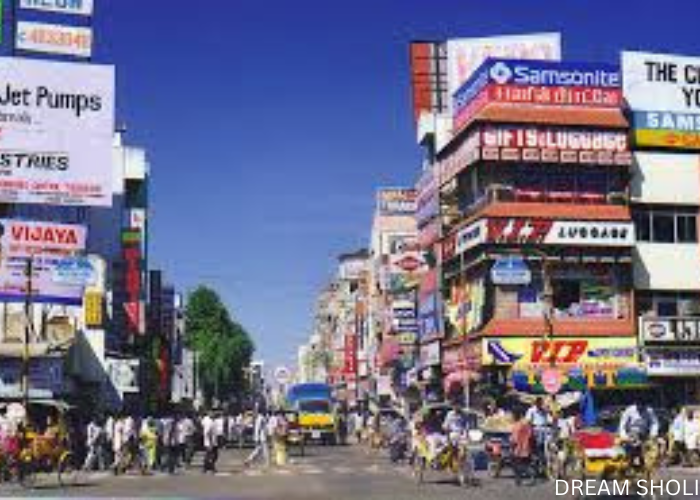
Chennai, also known as Madras, is the capital of Tamil Nadu and a city celebrated for its vibrant cultural heritage, classical dance forms like Bharatanatyam, and mouth-watering South Indian cuisine. The city offers a unique blend of history, spirituality, and scenic beauty, with attractions such as the iconic Marina Beach, the historic Fort St. George, and the revered Kapaleeshwarar Temple.
As the heart of the Tamil film industry, known as Kollywood, Chennai plays a significant role in Indian cinema. Marina Beach, one of the longest urban beaches in the world, and the San Thome Basilica, a beautiful church built atop the tomb of St. Thomas, are just two of Chennai’s many captivating tourist spots. Chennai International Airport, also called Meenambakkam Airport, serves as the city’s main gateway and connects Chennai to both domestic and international destinations. Equipped with modern facilities, the airport ensures a comfortable travel experience for visitors to this dynamic and historic city.

Explore the world effortlessly with our tailored travel packages. Let us handle the details while you create unforgettable memories.
Copyright 2024 Dream Sholi